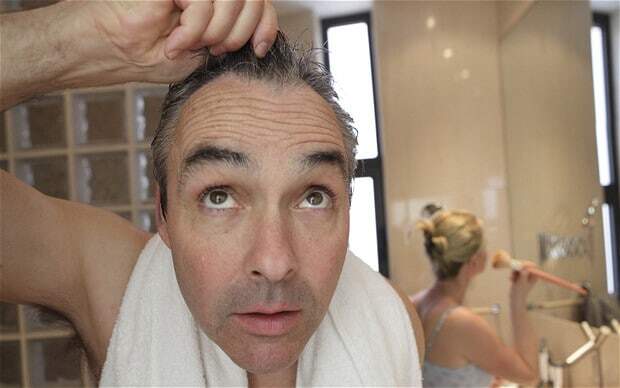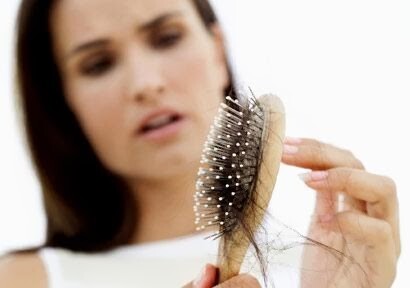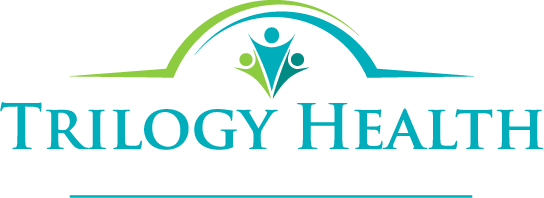Hair Restoration
Losing your hair? Try PRP (Platelet-Rich-Platelet) Therapy
Thinning hair and hair loss can be an emotional experience riddled with fear, anxiety, and a lowered self-confidence. However, there is hope for hair regrowth in the form of platelet-rich plasma (PRP) therapy. While studies are just beginning to show the effects that PRP can have, there are numerous patient testimonials that serve as strong indicators as well. Since plasma contains elements of the blood (white blood cells and platelets) responsible for growth, having an abundance of these growth factors is important for hair regrowth. Essentially, your own blood can provide you with the hair help you need for successful and permanent hair restoration.
What is Platelet-Rich Plasma Therapy?
Platelet-rich plasma (PRP) therapy is the process in which blood drawn from an individual’s body is separated, thereby creating a high concentration of platelets. Platelets only make up about 1% of the body’s plasma but are loaded with over 1,100 various proteins. Since many of the body’s tissues have a slow turnover rate of cells, healing can be a drawn-out process. PRP, with its abundance of platelets, speeds up that process.
PRP is a relatively new treatment when it comes to hair regrowth but has been successfully used for a while to help treat bodily injuries. PRP is created during a single trip to the office, where blood is taken in a quick and relatively painless blood draw. In fact, the process of drawing blood and preparing the solution tends to take about half an hour.
How Does PRP Therapy Work to Promote Hair Growth?
A lot of the current treatments available for hair loss involve taking medications, especially androgen-independent and androgen-dependent meds. Camouflaging and cosmetic techniques are also relatively popular for both men and women, but some of these methods are the equivalent of applying a bandage. PRP therapy, however, gets to the root of the problem.
Thinning hair and hair loss can occur for a number of reasons, such as physical and emotional stress, pregnancy, and an overabundance of vitamin A in the body, male pattern baldness, hypothyroidism, autoimmune diseases, and a lack of protein or B vitamins. When the blood vessels in the scalp become constricted, blood, which carries essential nutrients to the hair follicles, cannot reach the scalp and provide it the nourishment it needs.
When platelet-rich plasma is introduced, it works by releasing proteins, including five growth factors and Interleukin. These growth factors interact with the stem cells that are in the follicles, promoting their growth and the formation of new blood vessels. In other words, PRP for hair allows damaged follicles to heal and the hair restoration process to begin.

Is PRP Therapy Safe??
Since PRP therapy involves getting injected with your own blood, there is no risk of an allergic reaction. As of right now, there is no evidence to suggest that PRP treatment has any serious side effects aside from the potential infections that can occur in any situation when an injection needle punctures the skin. There is also a potential for pain to occur in the area where the injection is administered. However, the injection itself is typically painless.
Additionally, it should be noted that PRP therapy is certified by the United States Food and Drug Administration (FDA) and has specific stipulations for the procedure set forth.

How Many PRP Treatments Will I Need?
Dr. Levine at Trilogy Health recommends two treatments separated 6 weeks apart and can then be repeated at intervals of every 3 months.
Some patients might only need to have one injection, but others might need a series of several injections for balding help. Each person has a different health status and might not heal the same way.
Will I Need to Do Microneedling Along With PRP Injections?
Many doctors will utilize a microneedle, which is a small handheld medical device that introduces minuscule needles into the skin where bald spots have developed. During the procedure, the topical application of the PRP is applied before and after the -needing session. This allows the PRP to make its way into the tiny channels that the microneedle creates, then into the bloodstream.
How Does PRP Therapy Compare to Regular Medications?
A lot of the regular medications that are administered for hair growth do show some positive results. However, many of these medications also come with unpleasant side effects and might not prove to be permanent solutions for those needing serious hair help.
Minoxidil (otherwise known as Rogaine) is an over-the-counter product that can be topically applied twice a day. There is also a prescribed pill known as Finasteride (Propecia) that individuals can take. These two medications are known to have side effects. Rogaine can cause dizziness or light-headedness while Propecia can sometimes cause a decreased libido or allergic reaction.
Additionally, some doctors will opt to have patients with bald spots and hair thinning use corticosteroids. These can be taken orally, topically applied to the scalp, or injected into the skin once every four to six weeks.
Overall, while there is not yet a significant amount of scientific research available on the efficacy of platelet-rich plasma therapy for hair thinning and balding help, the testimonials provided by patients indicates that enduring regrowth can be experienced. PRP for hair is a safe outpatient procedure that can help you regrow your hair and your self-confidence.
*Results and patient experience may vary

